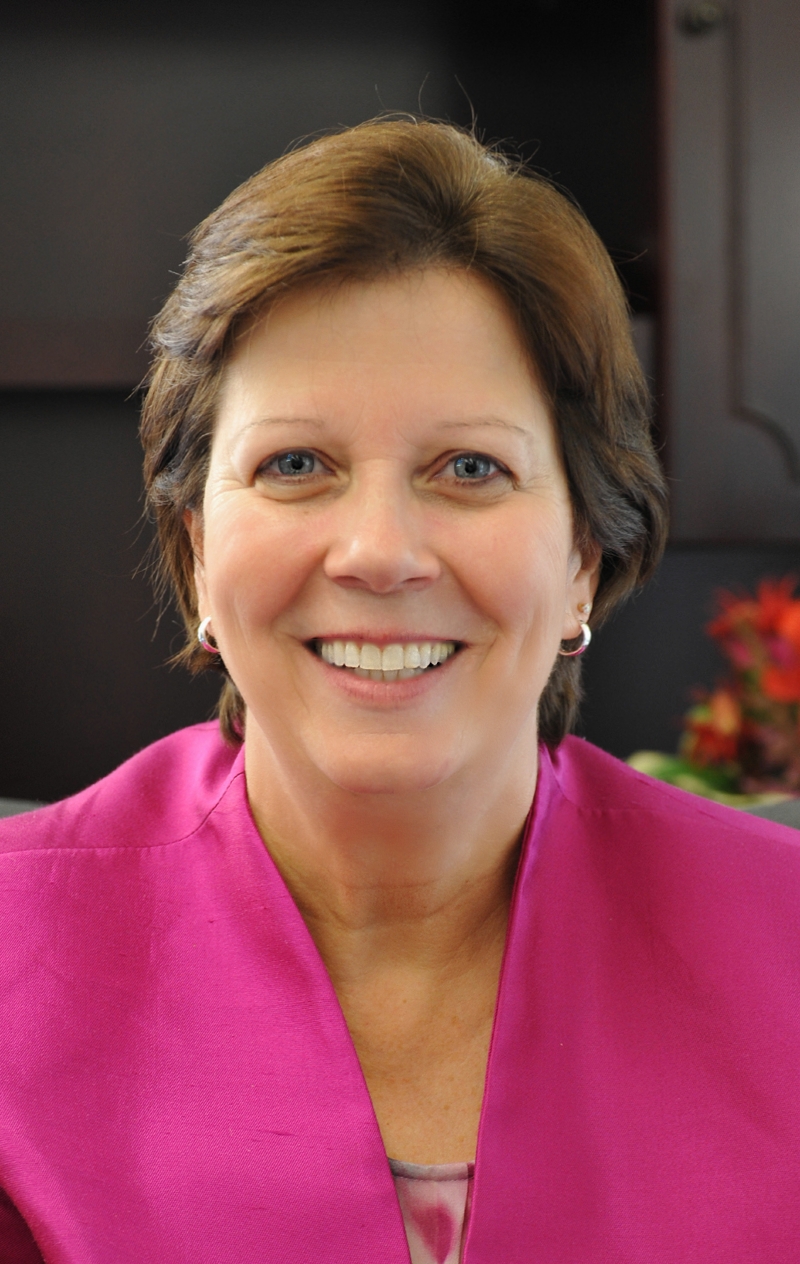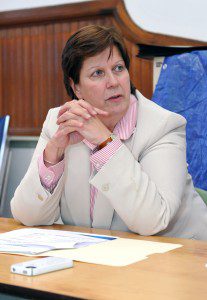As most of you are aware, my five years as Superintendent comes to an end with this school year when I retire and launch into the next phase of life. Between now and then, I will be sharing a summary of the work we have been doing. Incoming Superintendent Stefan Czaporowski and I have already begun the transition work and having the next Superintendent come from the ranks of our very talented team is a big win for the schools.
In the area of Curriculum and Instruction, Westfield Public Schools has made great gains. We are pleased to have reached the point where every grade at every level has a program and curriculum materials aligned with the state standards that that had been newly revised when I arrived in 2011. It was not easy to ask teachers to ‘start over’ and adjust to the new standards also known as the state frameworks (defined as the list of things that students should know and be able to do by the end of each year).
We broke the process into multiple stages starting with training ourselves along with the teachers on the new standards and shaping them into a curriculum for Westfield Public Schools. For teachers, this meant delving deeply into each new item and understanding it in the way every student would learn it and developing the strategies to teach it.
The next phase is very challenging and can take up to a few years to develop. We asked and supported the teachers in mastering all components of the new curriculum materials. We provided the basic recipe with curriculum maps and suggested pacing guides that provide important procedures for those new to teaching or to new content. With the varied needs of students ranging from quick learners to those still learning English or facing a variety of challenges, the new materials often contain an overwhelming number of parts that meet the needs of the variety of learners.
One enormous shift in education has been the use of assessment data. We have so much information that it can be overwhelming to decide what to use. We can be very proud of our work in this area as our instructional team has put together a streamlined list of what we believe is most useful. Teachers work directly with our school department data specialists to create district assessments, develop reports and use the results to alter instruction for individuals or large group instruction. Needless to say, we must also comply with state mandates and we do voice our concerns about the excessive state testing. We are also concerned about the timing to the switch to tech-based assessments.
The last phase is perhaps the most exciting. Once our teachers know the standards, have mastered the curriculum components, developed strategies to teach all learners and use data to make adjustment for their students, the fun begins. We urge our teachers to innovate, create and inspire their learners using the curriculum as the foundation.
Throughout the arduous process of reform, I sought a metaphor to help others understand the process we were undertaking. The best I could come up with was building a house. (Perhaps that was because my father was a builder!)
The first phases of building a house are challenging and can be tedious, time-consuming and hard to imagine where the project is going. A big hole in the dirt leads to the pouring of a foundation. Even after the foundation is poured, it is difficult to imagine a future home sitting on the gray forms. The next phase must be done with perfection or the house will come tumbling down before its time. Just as students must master certain skills at each level upon which later learning will be built! The builder follows the plans with care as certain rooms and features require extra reinforcements like learners who require special strategies. If the builder encounters something difficult or new, they seek a specialist or a consultant as a teacher receives professional development or coaching as they gain mastery of new strategies.
All along the way, the house receives inspections by various experts in the field just as students are assessed and teachers study the results. At this point, the house is becoming less abstractin the same way that student mastery is becoming clearer. And, for the soon-to-be occupants, the excitement builds about how to decorate the house and landscape yard. For the teacher and students, the delivery of the content can be individualized in the same way. There is no limit to the number of ways a teacher can create, inspire and enthuse.
And that is what is happening in our classrooms. Our teachers have endured this process and without doubt, there were times it was difficult, arduous and muddy. And the result is hard earned and worthy of the praise of the community. We have come a long way in the past 5 years and I am very grateful to our teachers and proud of their hard work and perseverance.
Summary:
- Learn the Standards in the context of every learner
- Develop mastery of curriculum and materials.
- Develop program based on ‘blueprints’ provided by district.
- Analyze or inspect learner progress on a regular basis using a variety of data.
- Extend, enrich, inspire, innovate & create using district curriculum as your foundation.
In my next column, we will take a look at the programs we have created over the past 5 years for our students with special talents and needs.
Best Wishes,
Dr. Suzanne Scallion, Superintendent



